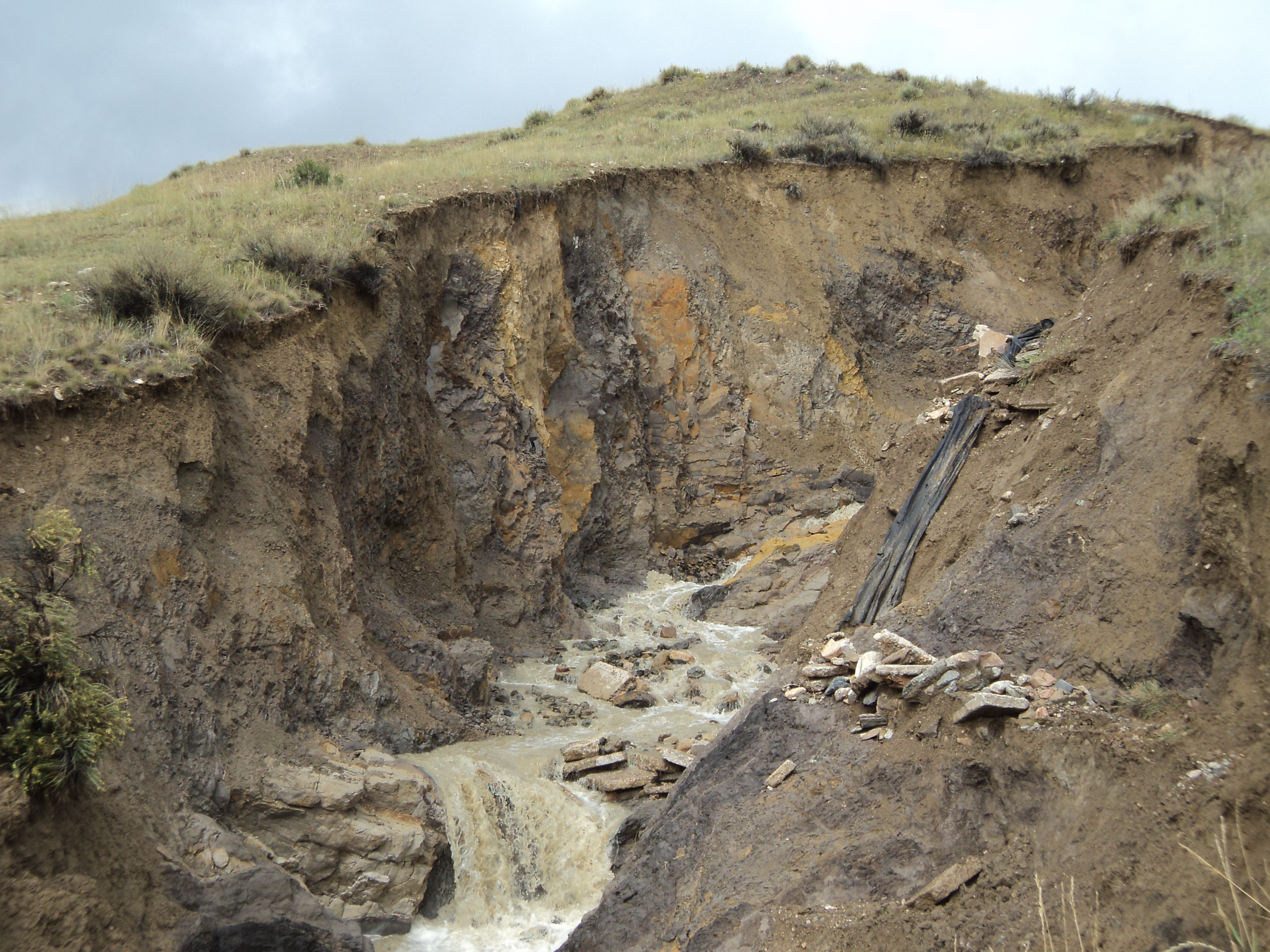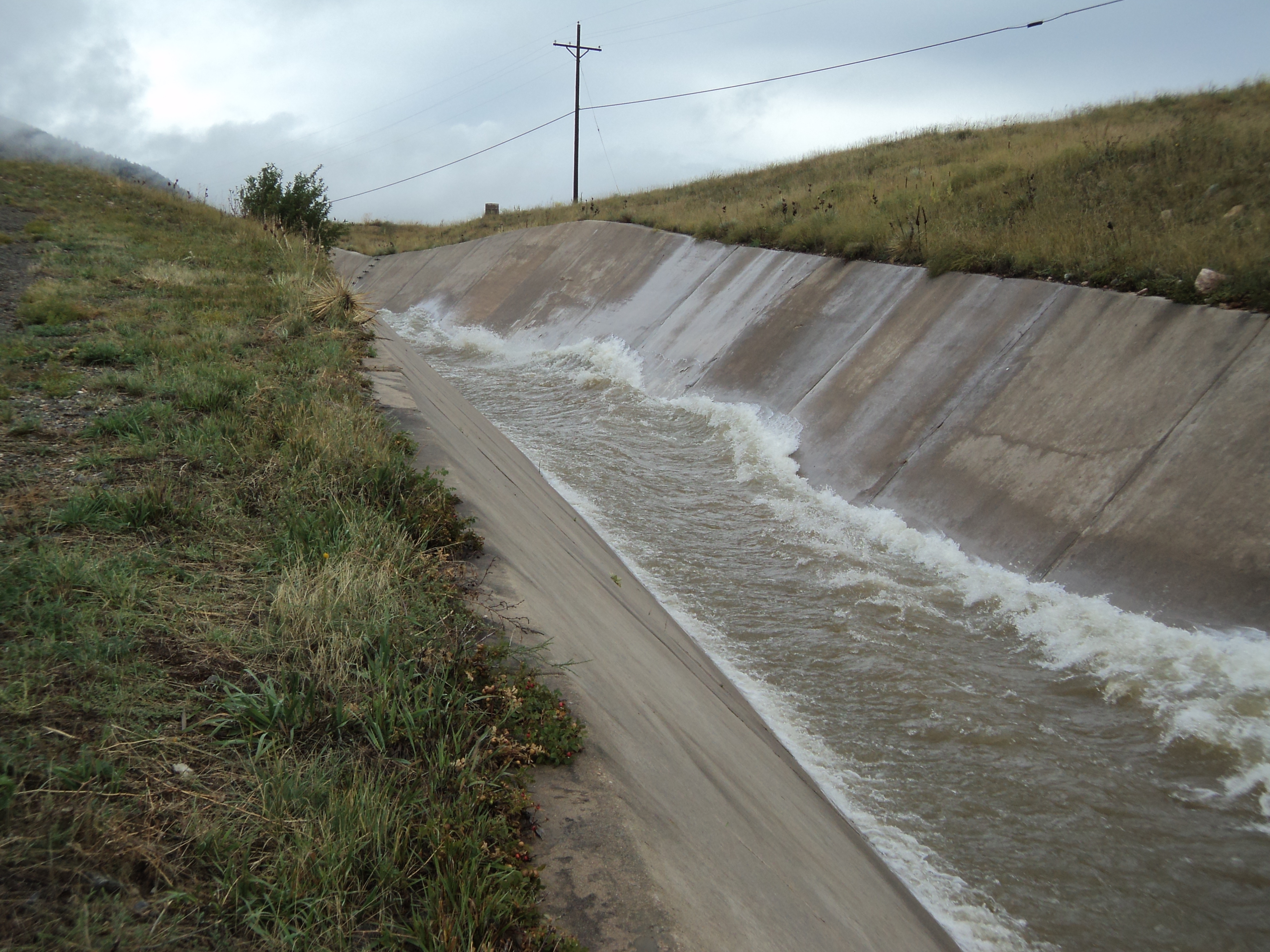
Remembering the floods of 2013
This month marks the anniversary of the record floods of September 2013, which led to major damage in Boulder, Jefferson and Weld counties in northern Colorado.
The record rain also put Denver Water’s Ralston Dam and its two spillways to the test.
Rain started falling on Sept. 9 and Ralston Reservoir quickly filled after nearly 15 inches of rain fell over the Golden area during a five-day span. When the reservoir filled, water rushed down the dam’s primary spillway. But with so much water flowing into the reservoir, the primary spillway was overwhelmed and water poured down the dam’s emergency spillway.
“The storm parked right on top of the reservoir and a huge rush of water poured into the reservoir,” said Travis Grant, operations supervisor at Ralston Reservoir. “It was one of the few times water’s gone over the emergency spillway since the dam was built in the 1930s.”
The dam’s primary spillway is a concrete chute located next to the dam. The emergency spillway is a channel in the ground that winds its way around the hillside next to the reservoir. Both spillways divert water around the dam and into Ralston Creek so high water doesn’t flow over the top of the dam structure.
“The spillways did their job and kept the dam safe,” Grant said. “But we did have significant erosion to the emergency spillway due to the amount of water rushing down the hillside.”
The emergency spillway was reinforced with rock after the flooding to protect it from future incidents. Denver Water conducts dam and spillway inspections with the state every year and on-site dam operators do visual inspections 365 days a year to prevent incidents like California’s Oroville Dam disaster in 2017.
“We inspect our facilities, train for emergencies and make upgrades to our facilities when needed,” said Darren Brinker, chief dam safety engineer at Denver Water. “Floods like what we saw in 2013 are rare, but that’s why we have spillways in place.”


